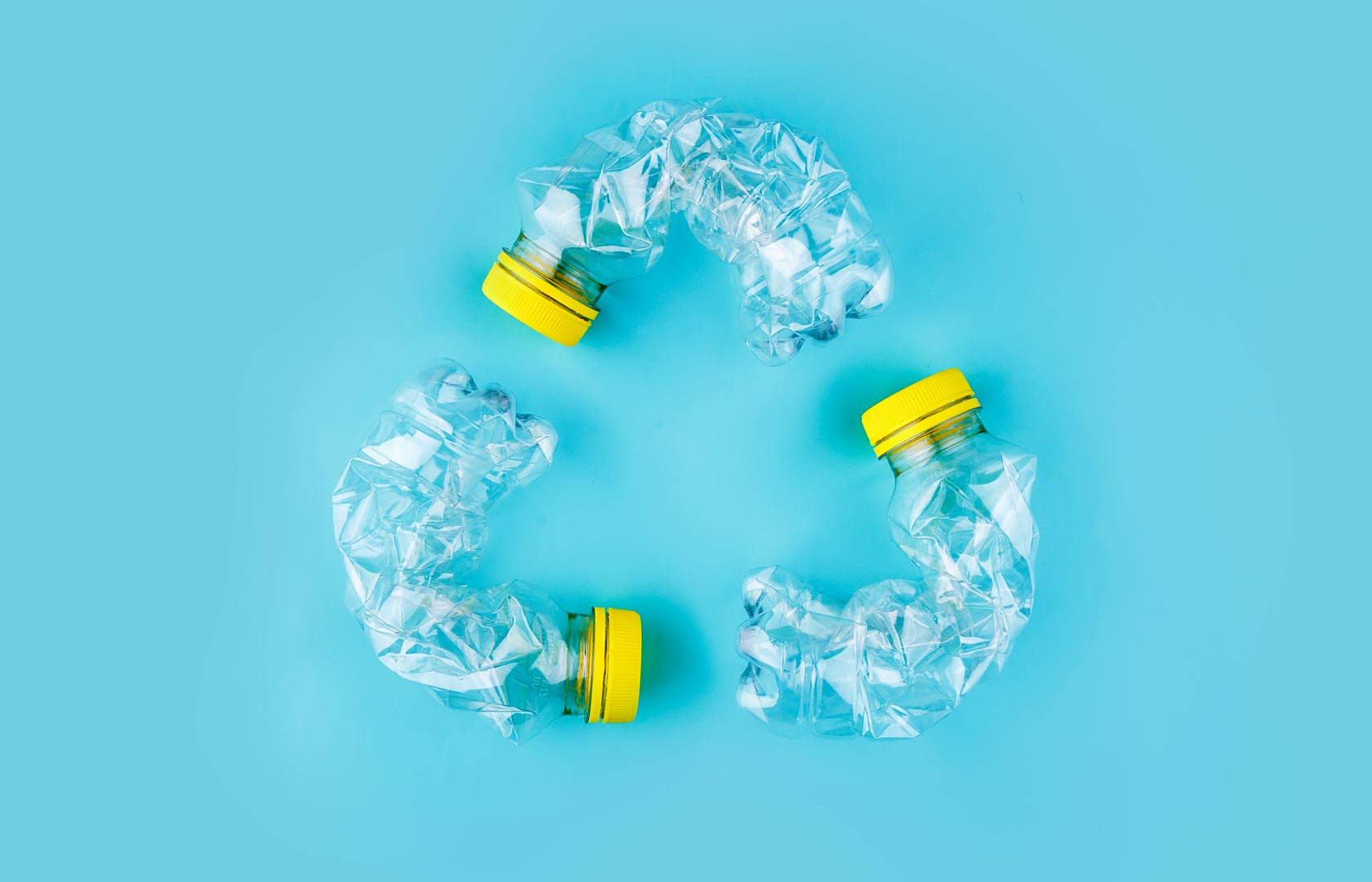Why are products packed in plastic?
Plastic – or more specifically, the spectrum of hundreds of different varieties of plastic – is an inseparable part of our urban life. Plastic is used a lot as a packaging material because it is cheap and versatile. The use of plastic is criticized a lot, but it’s good to understand why products are packed in plastic. There are three main reasons for the use of plastic. First of all, plastic protects the products from getting dirty. Secondly, plastic can lengthen the product’s shelf time and thirdly, (and most importantly), plastic guarantees the hygiene of the product. The focus on hygiene has increased recently as a result of Covid-19. According to Ari-Pekka Pietilä, the Chief Marketing Officer of Amerplast, the Covid epidemic has increased the understanding among the population of why products are packaged, and this is a good thing. Pietilä says that what products are packed and why is only one side of the coin. Equally important is the material being used. “The package material has to be recyclable, the consumers have to recycle and the businesses have to choose a recycled plastic as a raw material for new products. The whole chain has to work, otherwise there is no sense in recycling,” he says. Read more about Are-Pekka Pietilä’s thoughts on the blog post Why are products packaged?

Recycling plastic – why is it so important?
Recycling plastic is important, so that plastic waste doesn’t end up in nature and so that the raw material bound in them could be reused. Finland has systematically been working to advance recycling for a long time. We interviewed Vesa Soini, CEO of Suomen Uusiomuovi Oy, in Woodly’s blog. According to Soini, Finland is on its way to becoming the model country of plastic recycling, because in the best months, up to 60–70% of plastic per household ends up recycled and on an average month over 50% is recycled into new products. As of this moment, one-third of recycled plastic comes from businesses and two-thirds from consumers. Read more about the recycling of plastic and the thoughts of Vesa Soini on the blog post Consumer sorts, Suomen Uusiomuovi recycles
Beyond the Bag – alternatives for single-use plastic bags
We can fight against the single-use of plastic by bringing into the market more sustainable reusable bags. Woodly has been invited to participate in Beyond the Bag Challenge which aims to find and recognize new solutions to the problem of single-use plastic bags. The goal is to find ways to offer consumers easy and convenient solutions that reduce the environmental impact of single-use plastic bags. Beyond the Bag brings together innovators, suppliers, designers and problem-solvers to ponder how we could “reinvent the timeless experience of getting goods home”. Read more about alternatives for plastic in our upcoming blog post:
- Alternative for plastic – is there any?
Bioplastic – The role of recyclable bioplastic when fighting climate change
Recently, a great deal of bioplastics made from renewable raw materials have entered the market. Some of these are biodegradable and some recyclable. Many consumers find it hard to distinguish which of these is the better option for the environment. Tommi Vuorinen, the director of the research team at VTT, explains his stand on biodegradable and recyclable plastics on the blog post The role of recyclable bioplastics in the fight against climate change. According to Virtanen, it would be best to recycle natural material to keep it in circulation for as long as possible. “There is no way to escape from our ‘single-use’ culture if the emphasis is placed on biodegradability alone. Biodegradability encourages a disposable economy,” says Vuorinen. Read more about bioplastic and green plastic in our upcoming blog posts:
- Bioplastic – is it better than traditional plastic?
- Green plastic – what it is?
Understanding how environmentally friendly a package is
The challenges consumers face when understanding what makes a package environmentally friendly are not limited to observing the differences between biodegradable bioplastic and recyclable bioplastic. This is something Hery-Christian Henry, Wipak‘s Head of Strategic Marketing and Corporate Social Responsibility, reflects on the blog post Challenges in understanding and measuring the environmental friendliness of packaging. He thinks the consumer should be helped to compare the environmental friendliness of different products as well as to understand what the carbon footprint of the packaging, the carbon footprint of the product and their combined carbon footprint are. The total carbon footprint considers the entire life cycle of the product and package, from the manufacture of the raw material to the disposal of the final product and packaging, either by recycling or otherwise. In an ideal situation, there would be a uniform labelling system for products in stores to facilitate comparison, which would help the consumer to make environmental decisions.
Package as a concept
According to Hanna Lehtonen, the Director of Packaging Development of HKScan, the concept of the package is important. The shape, material and design of the packaging send a strong message to the consumer about the image and quality of the product and the kind of consumer the product is intended for. The quality claims of the packaging material must be validated, and the material must be suitable for the use it is meant for. “During the product development process, the product cannot be launched until the product packaging has been guaranteed to be safe,” Lehtonen says. Read more about her thoughts in the blog post Packaging is a masterpiece of product concept.
Plastic pollution
A lot of plastic pollution comes from the consumers use of plastic and it poses severe consequences for the environment. Read more about plastic pollution in our upcoming blog posts: